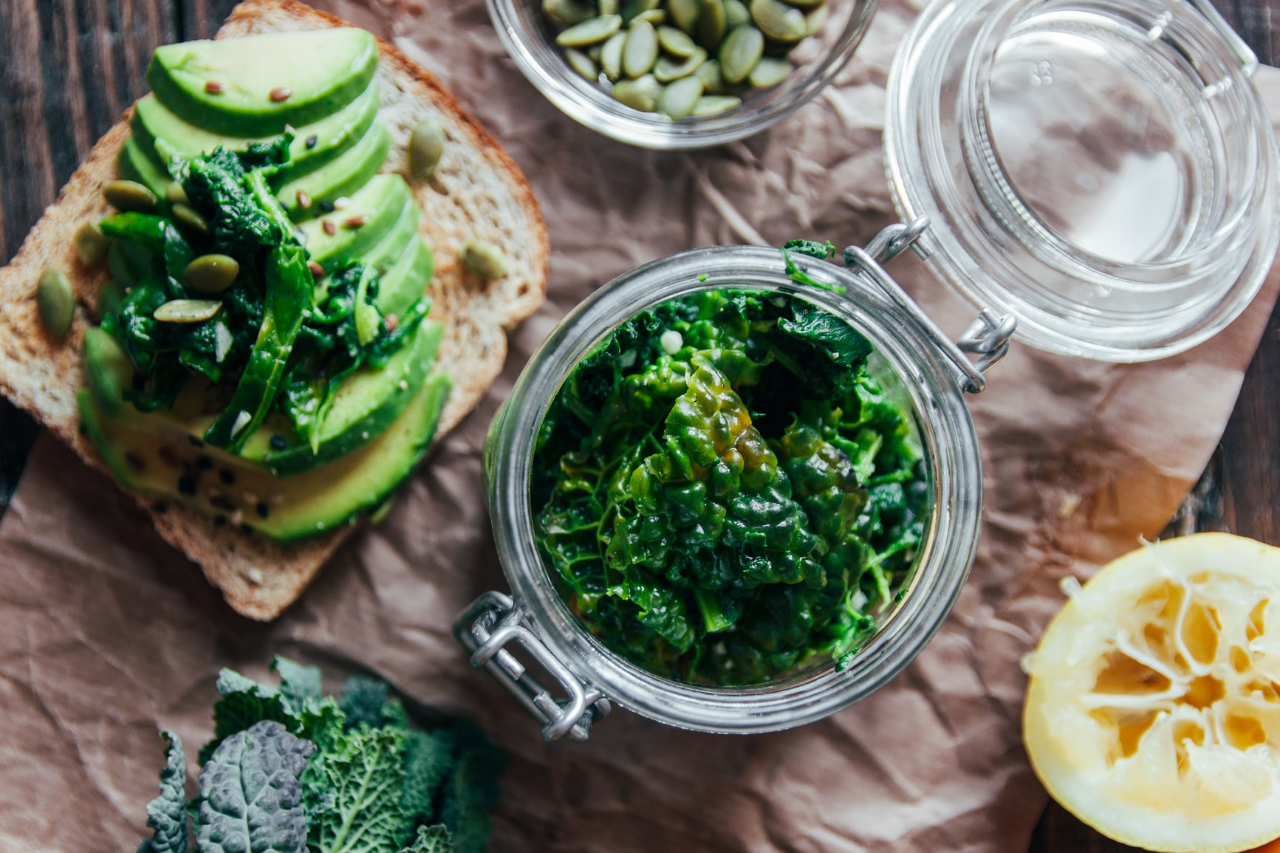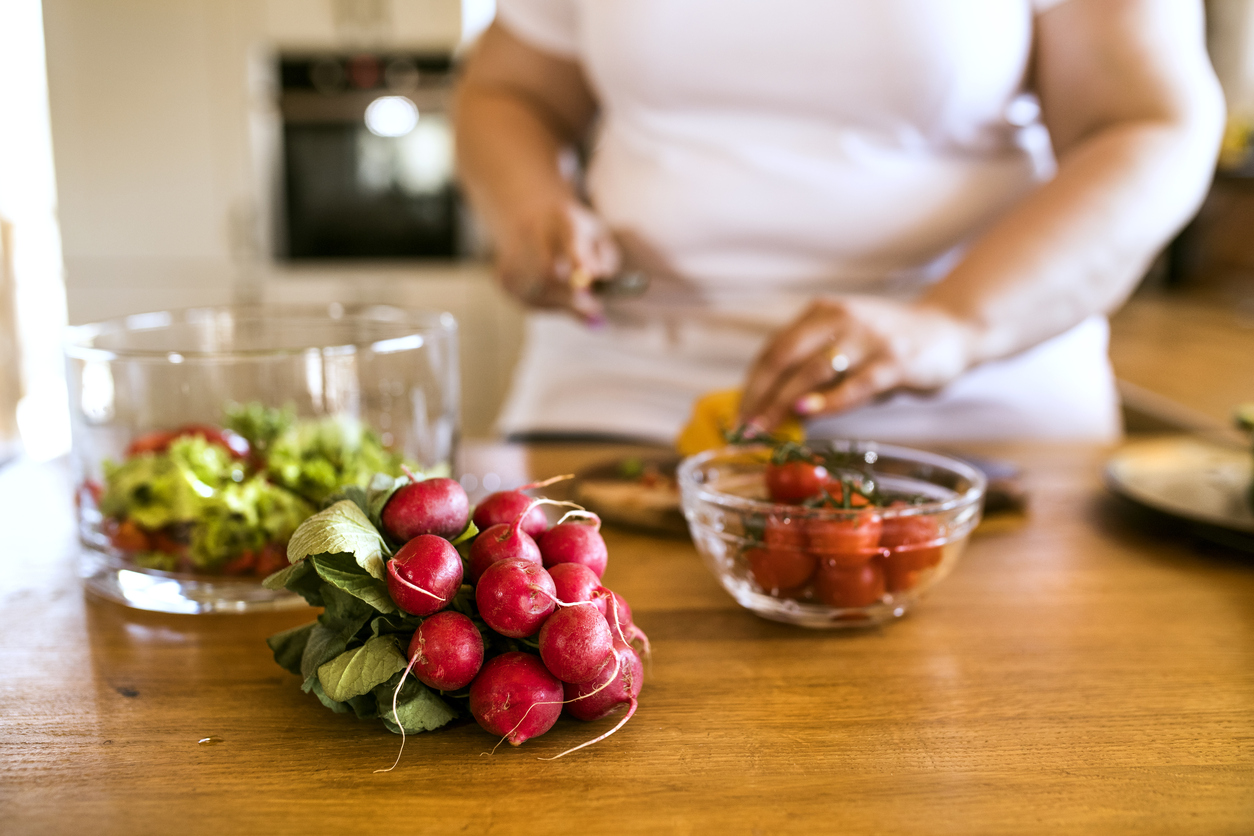-
Type 2 diabetes is a chronic condition that affects the way the body processes blood sugar (glucose). While the actual cause of diabetes is unknown, there are a number of risk factors, some of which are out of your control – like your family history, age and ethnicity. But there are other risk factors that you can do something about.
Staying physically active and eating healthily are great ways to prevent the onset of type 2 diabetes. In fact, it’s estimated that up to 58 per cent of cases can be prevented or delayed by maintaining a healthy weight, regular exercise and healthy eating1.
If you’re at a higher risk of developing the condition, or if you already have type 2 diabetes and would like to better manage your symptoms, here are some diet tips to consider.
How your diet may help prevent type 2 diabetes
A diet to prevent type 2 diabetes shouldn’t be vastly different to that of a health-minded person who doesn’t have the condition. While it’s always important to seek dietary advice from your GP, the Australian Dietary Guidelines recommend eating a variety of food from the five food groups.
That means lean meat and poultry, fish, eggs and tofu; a wide range of fresh fruit and vegetables; wholegrain and high-fibre grain foods such as bread, cereal, rice, pasta, oats, couscous and quinoa; reduced-fat milk, cheese and yoghurt, and their alternatives; and polyunsaturated and monounsaturated fats such as oils, spreads, nut butters/pastes and avocado.
If you are living with type 2 diabetes, Diabetes Australia recommends following those dietary guidelines but also:
- eating regular meals and spreading them evenly throughout the day
- eating a diet low in saturated fat
- drinking lots of water.
People living with type 2 diabetes should be mindful when consuming highly processed foods, such as white bread, white rice, mashed potato and many breakfast cereals, as they can cause spikes in blood glucose levels. Instead, choose high-fibre carbohydrates such as traditional rolled oats, dense wholegrain breads, lentils and legumes, sweet potato, milk, yoghurt, pasta and most types of fresh fruit.
What not to eat
For those living with type 2 diabetes, the good news is that there aren’t any food groups that need to be eliminated from your diet. However, you will need to limit sugary foods, saturated fats and carbohydrates. Choose lean meats, avoid butter and cream, and limit pastries, biscuits and cakes to special occasions. It’s also best to avoid fried takeaway foods, like battered fish and chips – opt for grilled fish instead.
For prevention, the Harvard School of Public Health suggests these key steps:
- Choosing whole grains and whole-grain products over refined grains and other highly processed carbohydrates.
- Skipping sugary drinks, and drinking water, coffee and tea instead.
- Opting for healthy fats, such as the polyunsaturated fats found in liquid vegetable oils, nuts and seeds.
- Limiting red meat and avoiding processed meat; and opting for nuts, beans, legumes, whole grains, poultry or fish instead.
Healthy food swaps, such as substituting white bread for wholegrain or potato chips for kale crisps, can go a long way in making your diet more nutritious.
Establish a regular eating schedule
Regularly eating balanced meals is an integral part of managing type 2 diabetes. Therefore those with the condition should avoid skipping meals during the day, as this could cause blood sugar levels to rise. Diabetes Australia also recommends that if you’re taking insulin or diabetes tablets, you may also need to snack between meals.
The ‘Low Carb High Fat’ (LCHF) diet
Some studies suggest that a LCHF diet may help manage type 2 diabetes symptoms. For example, a recent study by CSIRO found that participants who followed a low-carb, high-protein and unsaturated-fat diet – supplemented by exercise – experienced greater improvements to their symptoms than those following a high-carb, low-fat diet.
But it’s important to remember that everyone is different, and one diet will not work for all. If you’re considering changing your diet to reduce your symptoms o type 2 diabetes, it’s important to consult your GP, who will be able to provide a personalised eating plan.
For more information on how to better manage type 2 diabetes, see the Diabetes Australia website.
How to prevent type 2 diabetes with diet


Medibank Type 2 Diabetes Program
This 12-month program includes consultations with a dietitian and a supported meal plan that aims to help eligible members achieve a healthy weight and manage their type 2 diabetes. Clinical and product eligibility criteria apply.
References
1 Diabetes Australia, Prevention, retrieved 20 June 2022.


